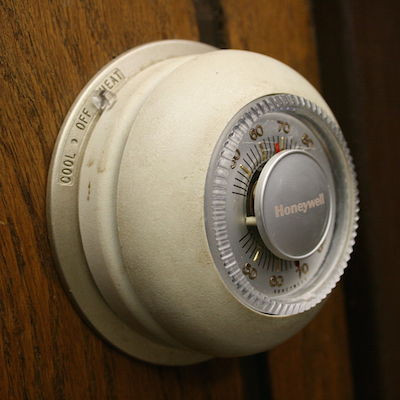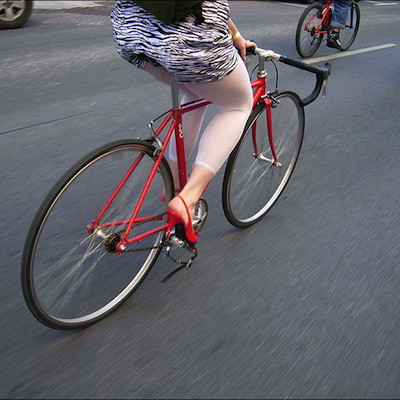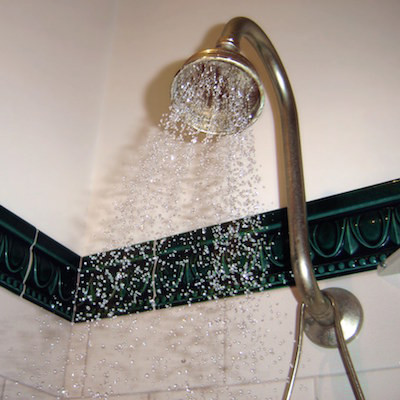Environmental Columnist: “Fall Flew Past, We Met Winter Face-to-Face,” By Scott Turner
Sunday, November 18, 2018
_Karen_Wargo_360_480_90.jpg) View Larger +
View Larger +
Huckleberry Loop Trail in Esek Hopkins preserve, Scituate, R.I.
Credit: Karen Wargo
With fall feeling like it flew past, we met winter face-to-face.
The air temperature was in the upper 30s, with a light breeze, as Karen and I trekked through the Esek Hopkins property overseen by the Scituate, R.I. Land Trust & Conservation Commission.
On this late afternoon near mid-November, leaves were off most of the deciduous trees and shrubs. In fact, some stretches of the blue-blazed Huckleberry Hill Loop trail were ankle deep in leaves.
GET THE LATEST BREAKING NEWS HERE -- SIGN UP FOR GOLOCAL FREE DAILY EBLAST
The path curled past an impressive number of tall and straight oaks. From their bark, I identified black, red and white oaks. There were also stately white pine trees; their slim and feathery foliage producing a “shush” sound when the wind kicked up.
For a while, the primary ground cover was club moss, a resident of moist northern woods. The little green perennial grew dense and bushy under the trees. Club moss is also called ground pine, because each one looks like a little conifer.
Huckleberry, by the way, is a name applied to various plants, including blueberry. I think the actual huckleberry is an evergreen shrub that produces purplish berries in summer. On the hill I saw a lot of blueberry bushes. I’m not sure I saw any genuine huckleberries. Either way, huckleberry is a fun word to say.
An equally apt name for this walk could have been “boulder trail.” Indeed, the landscape looked like a boulder museum. Most of these large stones were covered in lichen, which is primarily a composite of fungus and algae. The lichen came in various forms of green that livened up the gray-colored stones.
Trails for Esek Hopkins begin behind a softball field on Battey Meetinghouse Road just off Danielson Pike. This fall or winter, if you hike the Huckleberry Hill Loop trail look for the witch hazel trees in bloom on the right, as you start the climb. Witch hazel is considered the last flowering tree of the year.
At Esek Hopkins, bright yellow flowers, each comprised of four wispy petals, covered the branches of the witch hazel trees. The color brightened the woods.
Witch hazel is the source of the astringent produced from its bark and leaves, and first distilled commercially as a skin-ailment treatment more than 150 years ago.
Without leaves on many trees and shrubs, Rhode Island’s forests look dramatically different than just two weeks ago. As a matter of fact, the lack of foliage in the trees at Esek Hopkins allowed us to spot the witch hazel in bloom on the hillside slope, as well as a woodland pond below them. It was a lovely snapshot of the landscape to behold.
With the sun setting, we chose to turn around where the trail plateaued around smaller oaks and fewer boulders.
But before we left the property, we veered off onto the yellow-blazed trail, where an old quarry featured a room-sized cavity in the ground, as well as adjacent blocks of quarried stone, some of them edged with tool marks.
When we got to the car, we realized that the cold hadn’t bothered us. Truth be told, we’d come in fleece and down, and with hats and gloves. We were ready!
Also, it occurred to us that while the forest at the end of the calendar year possessed its own splendor, we wouldn’t complain if winter ended up as fleeting as fall.
 View Larger +
View Larger +
Scott Turner
Scott Turner is a Providence-based writer and communications professional. For more than a decade he wrote for the Providence Journal and we welcome him to GoLocalProv.com.
Related Slideshow: 24 Ways to Go Green This Fall - 2018
 View Larger +
View Larger +
Prev
Next
Use Pinecones as Natural Bird Feeder
Are you an ornithology enthusiast? Do you love the sights and sounds of songbirds outside your window?
Keep your feathered friends returning to your yard by using a pinecone as a natural bird feeder. Recycle pinecones found in your yard by adding birdseed and peanut butter to your pinecone.
Find more instructions here.
View Larger +
Prev
Next
Put Down The Leaf Blower
When it comes time to get all the fallen leaves off of your lawn, don't reach for your electric or gas-powered leaf blower. Appliances like those can release pollutants into the atmosphere, and that is definitely not going green.
Instead, use manual lawn tools like a rake to save energy.
"Once you're done, reuse the leaves by transforming them into mulch for your plants or compost them to enrich your soil," wrote Itzler.
 View Larger +
View Larger +
Prev
Next
Plant Some Bulbs
Think fall is for harvesting, not for planting? Think again!
Fall is the perfect time to plant spring-flowering plants like tulips to make sure you have gorgeous flowers when warmer weather rolls around again next year.
For more tips on fall planting, click here.
 View Larger +
View Larger +
Prev
Next
Make Fewer Trips to Grocery Store
If you're headed to the grocery store to pick up food and supplies for your next party try to make as few trips as possible. You'll save money on gas, and have to drive less, making this a perfect way to go green.
If you can, try to get all your items at one store. This way, you'll use even less gas when shopping.
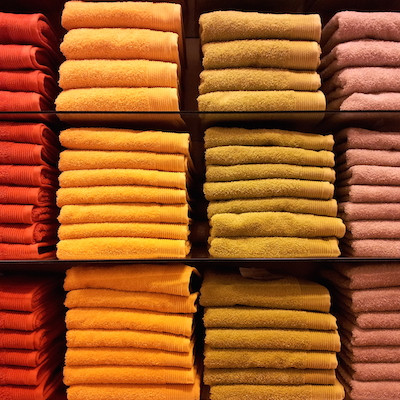 View Larger +
View Larger +
Prev
Next
Use Cloth Towels Instead
When you go to clean up the next glass of spilled milk don't cry—and don't reach for any paper towels.
Instead, try a cloth towel or rag. You can wash them repeatedly, save money on paper towels, and save the environment by creating less waste.
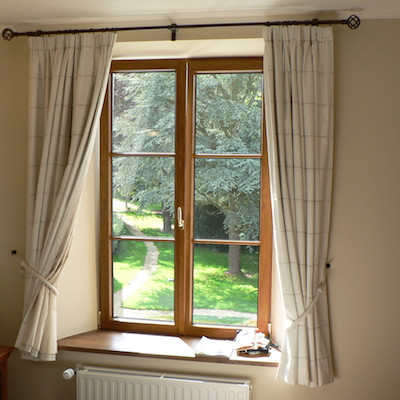 View Larger +
View Larger +
Prev
Next
Seal Drafts
To keep the cold fall wind out of your home, and keep your warm air inside, be sure to seal up any drafts around windows or doors in your house or apartment.
"If your air conditioning was running non-stop all summer, then you might have unnoticed leaks in your home. Before it gets too cold, check all your doors and windows for drafty chills that could keep your heater running non-stop too," writes Itzner.
Drafts can do serious damage to your heating bill, and will be a major drain on energy usage, so make sure to seal them up soon.
For more information on how to seal them, click here.
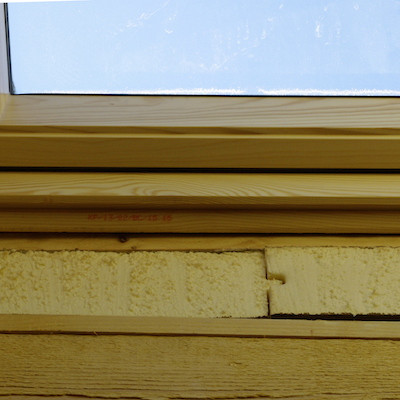 View Larger +
View Larger +
Prev
Next
Insulate Your Home
Insulation is one of the best ways to save money and energy in your home. Insulation will keep the cold air out of your home, and, better yet, keep the warm toasty air right inside your house where you want it.
If you better the insulation in your home, not only will your home be warmer, you'll go green and save money on your heating costs.
 View Larger +
View Larger +
Prev
Next
Visit a Pick-Your-Own Farm
Visit a pick-your-own farm and grab some of the freshest food that you can find.
Save on Energy writes, "visit a pick-your-own farm for fresh produce such as apples, pumpkins, and root vegetables. You may even find locations that let you pick fresh nuts such as pecans or walnuts."
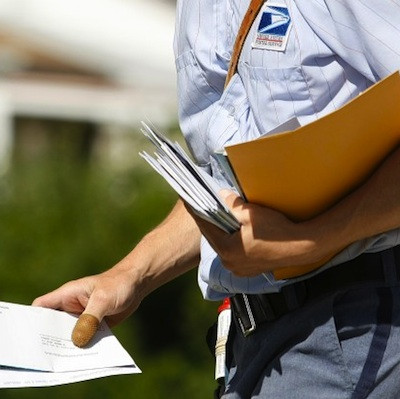 View Larger +
View Larger +
Prev
Next
Opt-Out of Junk Mail
Junk mail is the worst. No one likes it, and it only serves to clutter up our homes, trash cans and landfills. But, did you know there is a way to "opt-out" of junk mail?
You can get off most unsolicited mail lists simply by calling 1-888-5-OPTOUT (1-888-567-8688).
Also, instead of browsing through catalogs, look at products online—most catalog companies publish online versions of their products, perfect for saving paper and going green.
 View Larger +
View Larger +
Prev
Next
Car Pool
During the holiday season, there is plenty of energy to be saved on the highway by sharing rides with family members or friends headed to the same place.
Before you’re going somewhere, start thinking about who you might be able to carpool with and make arrangements so one car instead of two or three are on the road for the trip. Even if it’s just for a few miles, this adds up and can reduce gridlock and air pollution.
 View Larger +
View Larger +
Prev
Next
Ditch Bottled Water
Everyone knows that water is the healthiest beverage option, but next time, instead of grabbing for a bottle of water, drink tap water out of a reusable cup or bottle.
World Watch says "use a water filter to purify tap water instead of buying bottled water. Not only is bottled water expensive, but it generates large amounts of container waste."
You can buy reusable water bottles at nearly any department or home goods store, and you'll save money by not constantly paying for bottled water.
 View Larger +
View Larger +
Prev
Next
Open The Shades to Let Natural Light in
Few things can warm a room as well as the sun. Those warm rays of the sun can heat homes, even when temperatures outside begin to dip.
"Before you go to work, open your blinds or curtains in your home where the sun shines most. When you get home, don't forget to close them to lock in your free heat. In areas where your home doesn't get much sun, especially in areas shaded from trees, keep your curtains and blinds closed," writes Save on Energy's Craven.
In order to save energy and reduce heating costs, open your shades during sunny days, even on colder days. The sun's radiation will do the work so your home heating system doesn't have to.
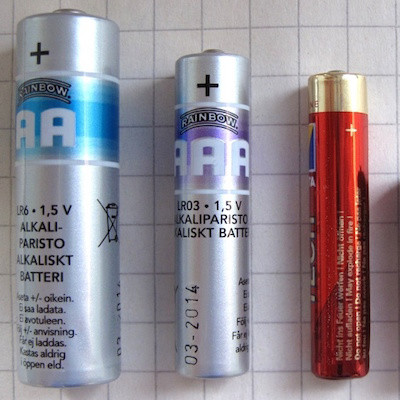 View Larger +
View Larger +
Prev
Next
Recycle Batteries
Changing the batteries to your smoke detector when you switch your clocks this Sunday? Make sure to recycle your batteries rather than throwing them away.
Recycling your batteries keeps them out of the landfill, where heavy metals may leak into the ground when the battery casing corrodes, causing soil and water pollution. If batteries are incinerated with household waste, the heavy metals in them may cause air pollution.
 View Larger +
View Larger +
Prev
Next
Donate Old Clothes
With the changing of the seasons comes the changing over of the closet from summer clothes to warmer clothes.
If you come across clothes that you don't wear, donate them to a local shelter or thrift store, instead of just holding onto them.
"Donate unwanted clothes to a thrift store so these unused garments can have a new life somewhere else," writes Itzler.
 View Larger +
View Larger +
Prev
Next
Schedule a Home Energy Audit
Want to know exactly how much energy you could be saving? Then schedule a home energy audit.
You can learn about opportunities for making your home more energy efficient and affordable.
For more on home energy audits, visit National Grid's website.
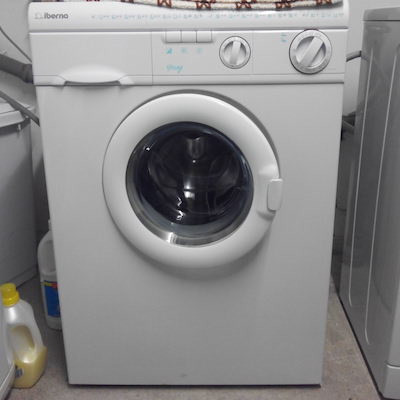 View Larger +
View Larger +
Prev
Next
Don't Dry, Clean Only
Dry cleaning is far more harmful to the environment than your standard load of laundry done in a conventional washing machine.
If you have clothes that can be machined washed rather than dry cleaning, try giving them a run through the washer. And, if you're in the market for a new wardrobe, don't buy clothes with the "dry-clean only" label on them.
"Wash clothes in cold water whenever possible. As much as 85 percent of the energy used to machine-wash clothes goes to heating the water.
Use a drying rack or clothesline to save the energy otherwise used during machine drying," says World Watch.
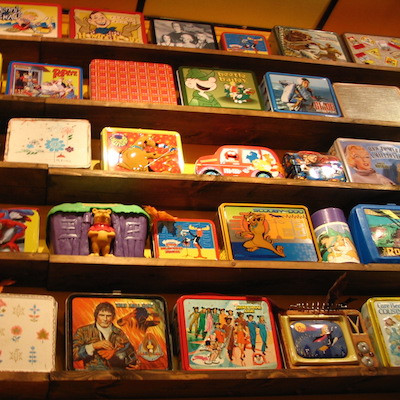 View Larger +
View Larger +
Prev
Next
Reusable Lunch Boxes
Do you send your kids off every day with their lunch in a brown paper bag? Try using a reusable lunch box instead to cut down on waste.
Even after middle and high schoolers have grown out of using their favorite superhero lunch box, there are plenty of subtle and understated designs to complement their style.
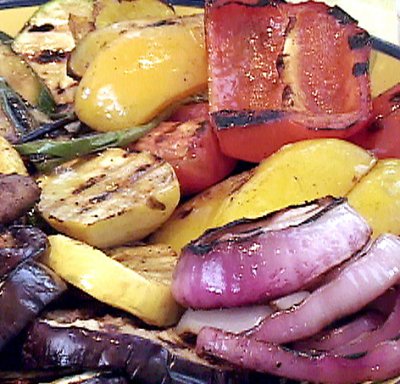 View Larger +
View Larger +
Prev
Next
Eat Less Meat
Unbeknownst to most people, meat requires a far larger ecological footprint to produce than fruits and vegetables.
World Watch suggest adding one extra meatless meal per week.
Next time you plan a family dinner, try cooking with more vegetables and less meat.
You'll save the environment and cook a healthier meal.
Related Articles
Enjoy this post? Share it with others.


_Karen_Wargo_360_480_90.jpg)



